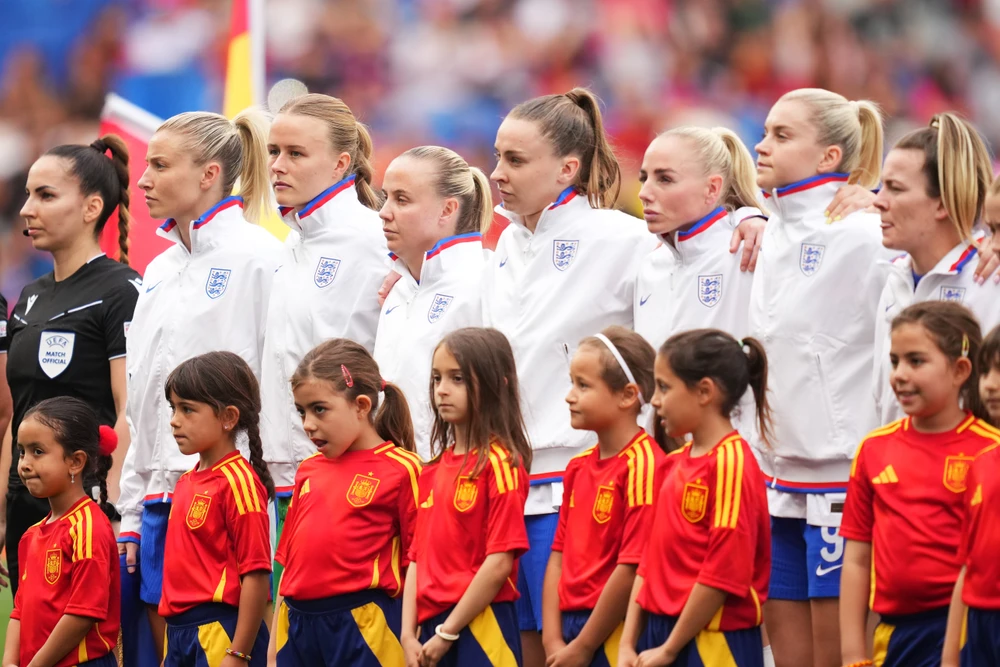Subtotal $0.00
Replacing Williamson in defence
Shaping the backline: replacing Williamson
England’s focus is on naming the first squad since the historic triumph at Euro 2025, and the biggest decision centers on how to replace Leah Williamson in defence. The post-Euro 2025 squad faces a delicate task: preserve the compact, aggressive backline that pressured opponents while maintaining the leadership on the pitch that Williamson provided. The England Euro 2025 squad will depend on a partner for the centre of defence who can read the game, communicate instantly, and stay cool under sustained pressure. Wiegman has shown a preference for balance—combining reliability with the potential for fresh options—and this selection will test her ability to maintain defensive coherence while still pushing England’s attacking identity forward.
Williamson’s absence triggers a broader rethink of how England structures its back four and how the midfield can shield the defensive line. The key is not merely filling a slot but reimagining how the entire backline moves in unison. A substitute pairing could prioritize different strengths, whether it is ball-playing distribution from the centre or tactical discipline to smother balls over the top. The England Euro 2025 squad must marry solidity with the willingness to adapt to different opponents, ensuring that the backline communicates clearly and stays compact when the team loses possession. Wiegman will weigh experience against emerging talent to decide how to construct a rearguard built for both immediate tests and future tournaments.
Possible recall for Millie Bright
Leadership on the line
The possibility of recalling Millie Bright looms large as England prepares the first post-Euros squad. Bright, who captained the team during the 2023 World Cup, has the leadership qualities that can anchor a rebuilt defence. Her withdrawal from Euro 2025 selection left a vacuum, and her return could provide immediate stability and a sense of direction at the back. Bringing Bright back into the England Euro 2025 squad would send a strong signal about prioritising on-pitch authority and organisation, even as the team integrates younger talents who can grow into senior roles over time. The decision will reflect whether Wiegman prioritises proven leadership or opts for a longer-term talent strategy that diversifies the defensive core.
If Bright is recalled, England could see a shift in how the rest of the defensive unit operates. Her presence would likely influence how teammates distribute responsibilities across the backline and how the midfield supports the rearguard. Conversely, if Bright remains unavailable, the squad would need to identify a trusted deputy—someone who can step into the role with composure and communicate with the same authority. Either way, the England Euro 2025 squad will be judged on its collective resilience and how quickly the backline can establish a cohesive rhythm while maintaining the attacking tempo that has defined Wiegman’s side.
Defence and leadership in post-Euro 2025 squad
Maintaining a defensive identity
Post-Euro 2025, England faces the challenge of sustaining defensive discipline while evolving leadership dynamics. The backline must continue to operate as a unit, with a shared language and clear responsibilities that ensure quick transitions from defence to attack. The question for Wiegman is how to distribute leadership across the backline and midfield so that the team remains flexible against different styles of play. The England Euro 2025 squad will likely favour players who combine organisational instinct with the confidence to take initiative under pressure, enabling the team to press in numbers without compromising stability at the back.
In practice, leadership will spread beyond any single captain. While Bright’s potential return could anchor the defence, other senior players will shoulder captaincy duties and guide younger teammates. The focus will be on building a culture of communication, discipline, and tactical intelligence that translates into a robust defensive performance. The ability to defend with conviction while sustaining attack through accurate passing and intelligent runs will be crucial for maintaining the identity that carried England to success at Euro 2025.
Wiegman’s selection balance and squad strategy
Balancing act: experience vs emerging talent
Wiegman faces a careful balancing act as she names the England Euro 2025 squad. The balance between seasoned performers and promising newcomers is central to her strategy: keep proven performers who can deliver under pressure, while introducing youth with high ceilings who can grow into greater leadership roles. This approach aims to preserve defensive cohesion and the attacking intent that defined the Euro triumph, but with enhanced depth across all lines. The selection will also reflect how flexible England can be in response to varied opponents, ensuring the team can deploy a sustainable system without being locked into a single blueprint.
Beyond the backline, the squad’s architecture must accommodate a fluid forward line and a midfield that can alternate between control and pace. Wiegman will consider how to optimize the midfield’s balance to shield the defence while enabling wingers and forwards to exploit space. The England Euro 2025 squad is being shaped to adapt to different tactical demands and to sustain momentum heading toward the next major tournament. For readers seeking broader context, see credible coverage at BBC Sport Football and The Guardian, as well as the official UEFA Women’s EURO portal for competitive context.



